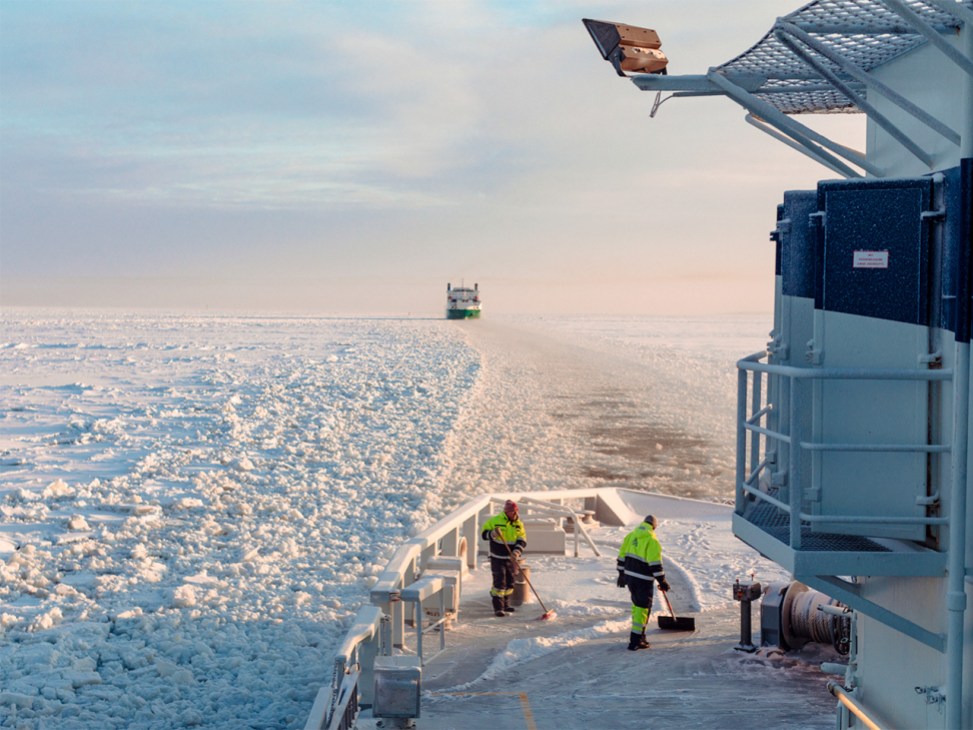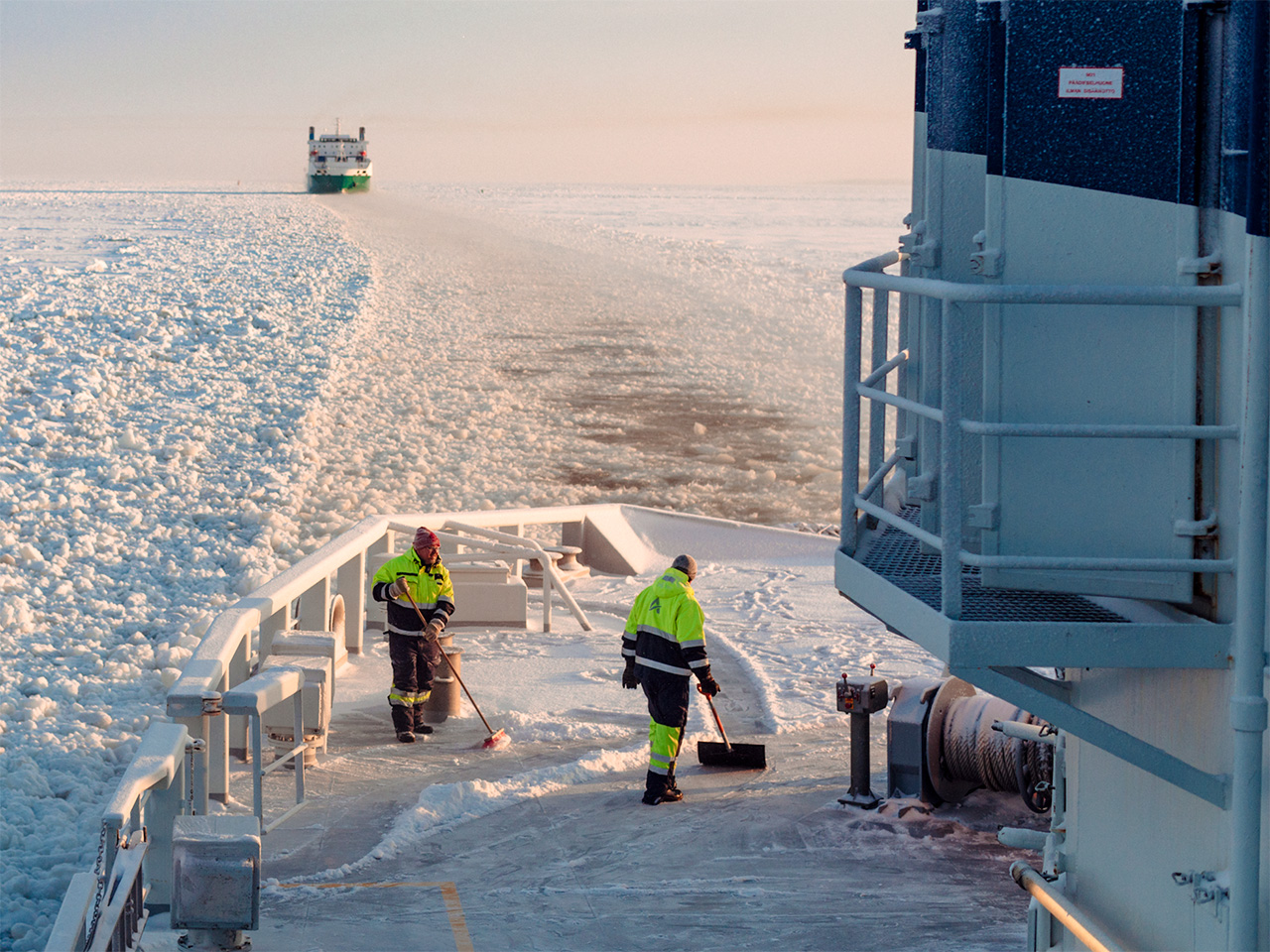October 15, 2025
4 Min Read
A landmark US partnership puts Finland’s world-leading icebreaker in the spotlight. As its shipyards gear up for billions in orders, questions remain over politics, dependency and who is truly at the helm.
Finland’s icebreaker agreement with the US appears at first glance to be a deal in which both sides win. The Nordic country receives $6bn (€5.19bn) of investment in its sluggish economy while the Americans gain fast access to 11 state-of-the-art icebreakers. But beneath the smiles and handshakes, there is a quiet gamble taking place – one in which Finland stands to lose most. There is no doubt that the agreement is transformative for Helsinki. The US Coast Guard will draw on Finnish design and expertise for a new fleet of Arctic security cutters, securing years of work for an industry that has long been a point of national pride. Finland is the world’s undisputed leader in icebreaker design: about 80 per cent of the world’s ice-capable vessels were designed by Finnish engineers and more than half were built in the country’s shipyards. The US, meanwhile, has fallen behind in polar capabilities: its Coast Guard operates only a handful of ageing ships, while Russia commands a fleet of dozens. For Washington, Helsinki’s technical leadership offers a way to catch up quickly.
 (Image: Thomas Ekström)
(Image: Thomas Ekström)
US law classifies icebreakers as military vessels, which means they must, in principle, be built domestically. The memorandum signed this week surpasses this by framing the Finnish component as a partnership, rather than an outsourcing. But legal ambiguity remains. Any shift in political mood or administration on Capitol Hill could force a reinterpretation of the rules, which would leave Finnish yards exposed to unfinished ships and cancelled contracts. The Trump administration’s foreign policy is anything but predictable and it has been made clear that allies can easily become foes. For a small country like Finland whose industrial base is tightly integrated with global markets, that risk is not theoretical. Washington, meanwhile, stands to gain almost risk-free. By leaning on Finnish expertise, the US sidesteps its own shipbuilding shortcomings without having to overhaul them. The collaboration offers a way to project readiness in the Arctic – an increasingly important geopolitical theatre – without confronting domestic inefficiency.
Adding to the complexity is the role of Canada’s Davie Shipbuilding, which recently acquired the Helsinki Shipyard, Finland’s largest icebreaker maker. On paper, this broadens the deal’s reach across Nato lines, giving the alliance a combined industrial footprint. In practice, it opens the possibility of transferring Finnish know-how across the Atlantic. Indeed, the memorandum signed by presidents Donald Trump and Alexander Stubb stipulates as much. For all the talk of shared innovation, industrial partnerships tend to migrate towards the largest buyer.
There is, however, a less-noted strategic dividend for Finland. By embedding US capital and capability in its shipyards, Washington is also welding itself to its partner’s stability. If something were to threaten Finnish industrial or territorial security, it would also threaten an American project. In a region where Russia remains a constant factor, that implicit guarantee carries real weight. For Helsinki, that’s a subtle but important victory. Small states don’t survive by isolating themselves. By offering something Washington needs – and by embedding that need in steel and infrastructure – Finland ensures that its security concerns are now also those of the US. It’s a modern version of alliance-building that is done through production lines rather than pledges. The risk, of course, is that this kind of interdependence can cut both ways. None of this diminishes the technical triumph that Finland’s shipbuilders represent. Their knowledge is the result of geography and persistence. Every winter, the country’s frozen ports must be kept open. Over generations, engineers, scientists and mariners have turned those icebound months into laboratories of innovation. That quiet mastery is now Helsinki’s diplomatic currency. It allows the country to engage with great powers on something approaching equal terms; the test now is to turn expertise into influence.
Watch next: Icebreakers at work – Monocle Film hops on board
Read next: Inside Le Command Charcot, the world’s first luxury icebreaker cruise
